INSPIRATION CORNER
Once Upon A Time
The Alliance’s Melanie Pilcher discusses all things fairy tale – the positives and negatives, links to learning, and how to update them for the modern age
Melanie is responsible for resources that support best practice in all matters relating to the EYFS.
As educators, we fully appreciate the importance of storytelling. Whether reading from a book or simply making it up as we go along, time spent sharing a story with a baby or young child promotes their brain development, strengthens bonds, and begins to establish communication and language skills.
Tell a Fairy Tale Day is an informal celebration held on 26 February. It provides a perfect opportunity to share fairy tales with children and for adults to reconnect with their favourite stories all over again. Even so, not every traditional fairy tale promotes the positive messages we’d want to share with children today.
Are fairy tales important?
Fairy tales are short stories that feature fantasy characters, repetition and rhyme, and make believe. Most fairy tales open with the lines ‘once upon a time’ and, for generations, these four little words have signified to children that a story transporting them to a world of imagination, awe and wonder is coming.
One core element of fairy tales is the tendency to have an underlying moral message – wicked characters don’t fare well, and good characters get to live ‘happily ever after’. It all seems quite straightforward!
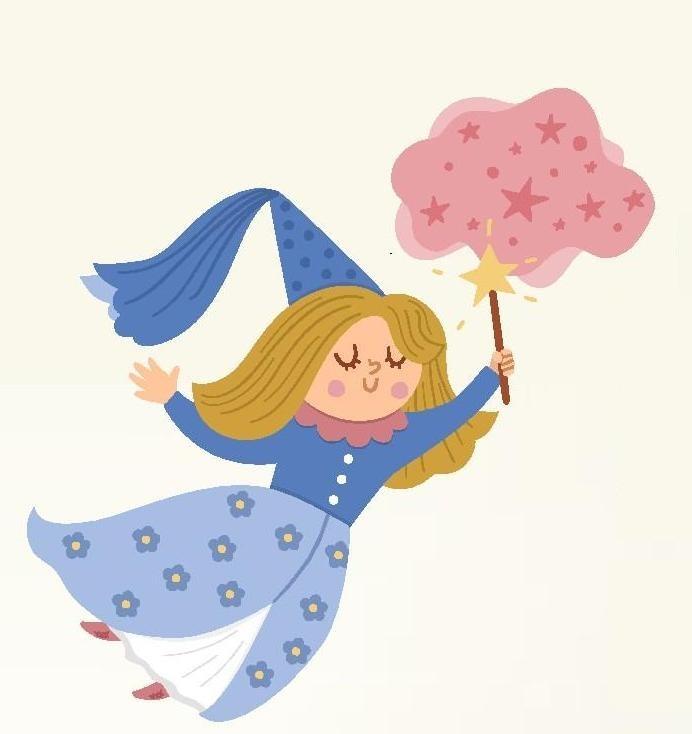
While fairy tales can have a positive impact on children’s development – exploring themes such as greed, justice, loyalty and bravery – we must also be aware that many traditional fairy tales contain unrealistic standards, outdated messages and unhelpful gender stereotypes. And, even more confusingly, what can be a positive message in one tale takes on a different emphasis in another! For example, the ‘looks can be deceiving’ message – the Beast in Beauty and the Beast has a kind and gentle side to his character, while the seemingly kind old lady in Snow White turns out to be the Wicked Witch in disguise.
Positives:
- Imagination: Fairy tales ignite children’s imagination as they are introduced to magical places and fantasy creatures.
- Creativity: Fairy tales can support children’s creativity as they replicate and evolve their favourite stories during their play.
- Emotional development: Fairy tales can help children to apply appropriate responses to situations they may face in real life. For example, being kind to each other, persevering when things go wrong, or not judging someone because of how they look.
- Critical thinking: Fairy tales can help children to problem solve or to recognise when someone is not telling the truth.
- Rich language: Fairy tales introduce children to words they may not hear in everyday situations, extending their knowledge of the world around them and their vocabulary.
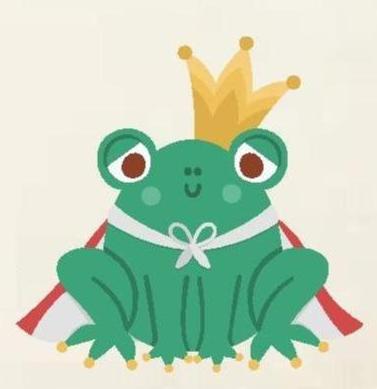
Negatives
- Gender stereotypes: Fairy tales can reinforce outdated gender roles and stereotypes – for example, the slim, pretty, helpless female who can only be rescued by the strong, handsome male.
- Unrealistic expectations: Fairy tales can promote false ideals about how the world works – for example, that everything always turns out well in the end.
- Negative portrayals: Fairy tales label roles such as the evil witch, wicked stepmother, and ugly sisters as negative characters in whichever story they happen to appear; ‘attractive’ people are usually ‘good’ and ‘unattractive’ people are usually ‘bad’.
- Portrayal of families: Fairy tales portray the typical nuclear family as mum, dad, and child. There’s also the stereotype of the ‘wicked’ stepmother, which can negatively influence children’s perceptions of stepparents.
Approach with caution
There’s plenty of debate about whether fairy tales should be told at all. Some argue that children shouldn’t be exposed to the wickedness and adversity that many traditional stories contain, while others argue that, by the time children reach seven to eight years old, they’ll have worked out that they aren’t ‘real’ and will simply enjoy the story for the escapism it brings.
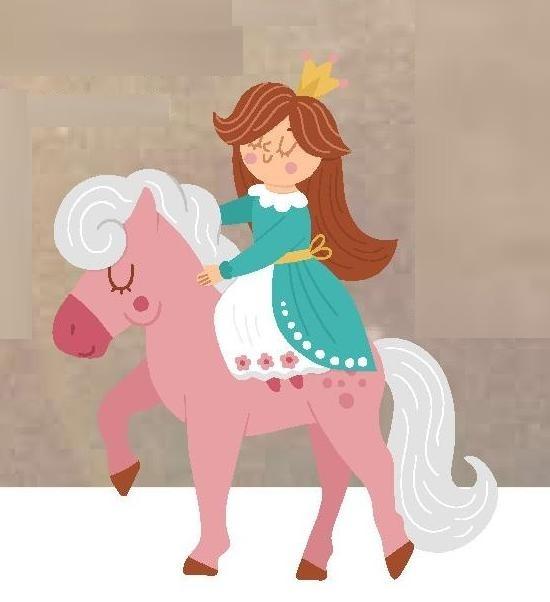
It would be wrong to condemn all fairy tales to the recycling bin; far better to consider how you populate your book corner in the first place. Many traditional fairy tales have been retold to feature inspiring, diverse and empowering characters and magical beasts whilst maintaining the magic and enchantment that makes them special.
Usborne Books have published an alternative series that includes titles such as Forgotten Fairy Tales of Brave and Brilliant Girls and Forgotten Fairy Tales of Courage and Kindness. Likewise, Ladybird Books have published Favourite Fairy Tales, stating that “each favourite fairy tale or story has been sensitively retold for modern readers”.
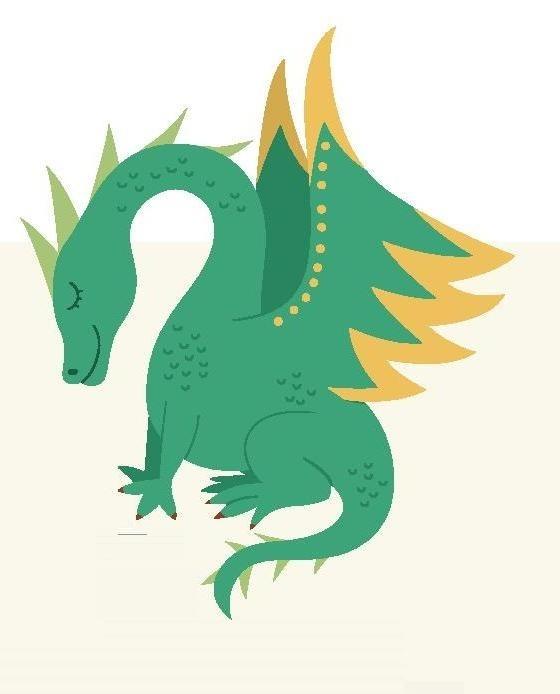
Traditional meets contemporary
The tales that have been passed down through generations are important parts of our history, but that doesn’t mean they shouldn’t evolve over time – and they will continue to do so.
Despite your efforts to be sensitive about the literature your children have access to in your setting, many will have watched classics such as Cinderella and Sleeping Beauty or will have listened to tales told by family members who are recalling their own childhood favourites.
Whatever the source, it’s likely that most children will be familiar with at least one ‘classic’ fairy tale, complete with its stereotypical characters and (sometimes) negative messages. Where this is the case, use the learning opportunities that fairy tales present.
Children are born storytellers, increasingly exposed to a more openly diverse and inclusive society – they can be supported to change the narrative. Opportunities for role-play using puppets, dress-up, small world, and made-up games allow children to explore some of the less desirable elements of fairy tales. For example, the ‘ugly’ stepsisters who are so unkind to Cinderella offer a chance for educators to prompt thinking about being kind, as children consider how other people’s words and actions make us feel, and open space up for discussion over literal and figurative meanings – ‘ugly’ here could refer more to the stepsisters’ inner traits than outer, physical traits.
Don’t banish all fairy tales
In conclusion, there are enough contemporary versions of traditional fairy tales available that still contain all the magical elements children love. There are also plenty of new fairy tales being written that convey the positive messages we want children to hear!
Next time you pick up a fairy tale, reflect on it carefully: are the language and any images or illustrations in the book discriminatory? Are they inclusive? Are there positive role models and positive body images being portrayed? What is your aim for sharing the story with the children
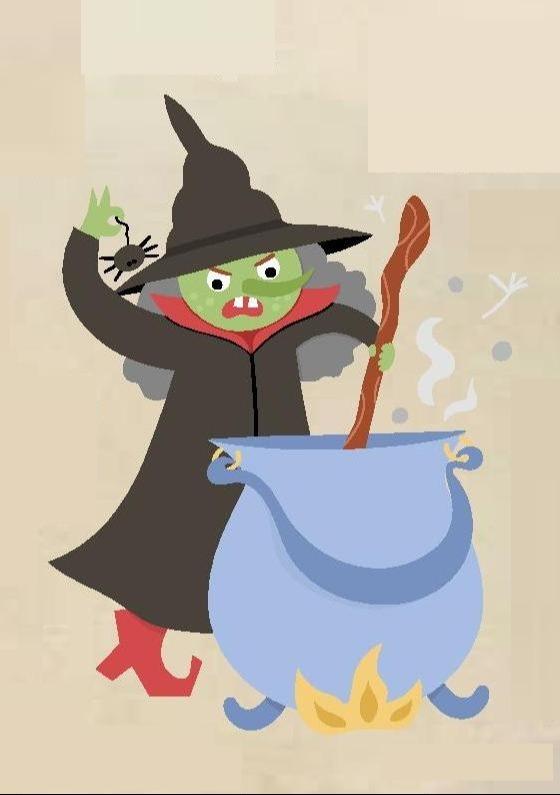
in the first place? What’s the knowledge that you want to reinforce? If you’re not sure about a book, discuss it with your colleagues and remove it from your collection if necessary.
If you can’t find an acceptable version of an old classic, retell it yourself using other props and visuals. After all, who says that the Wolf must be ‘big and bad’? Maybe he was just lonely and misunderstood – let the children give it a new twist!